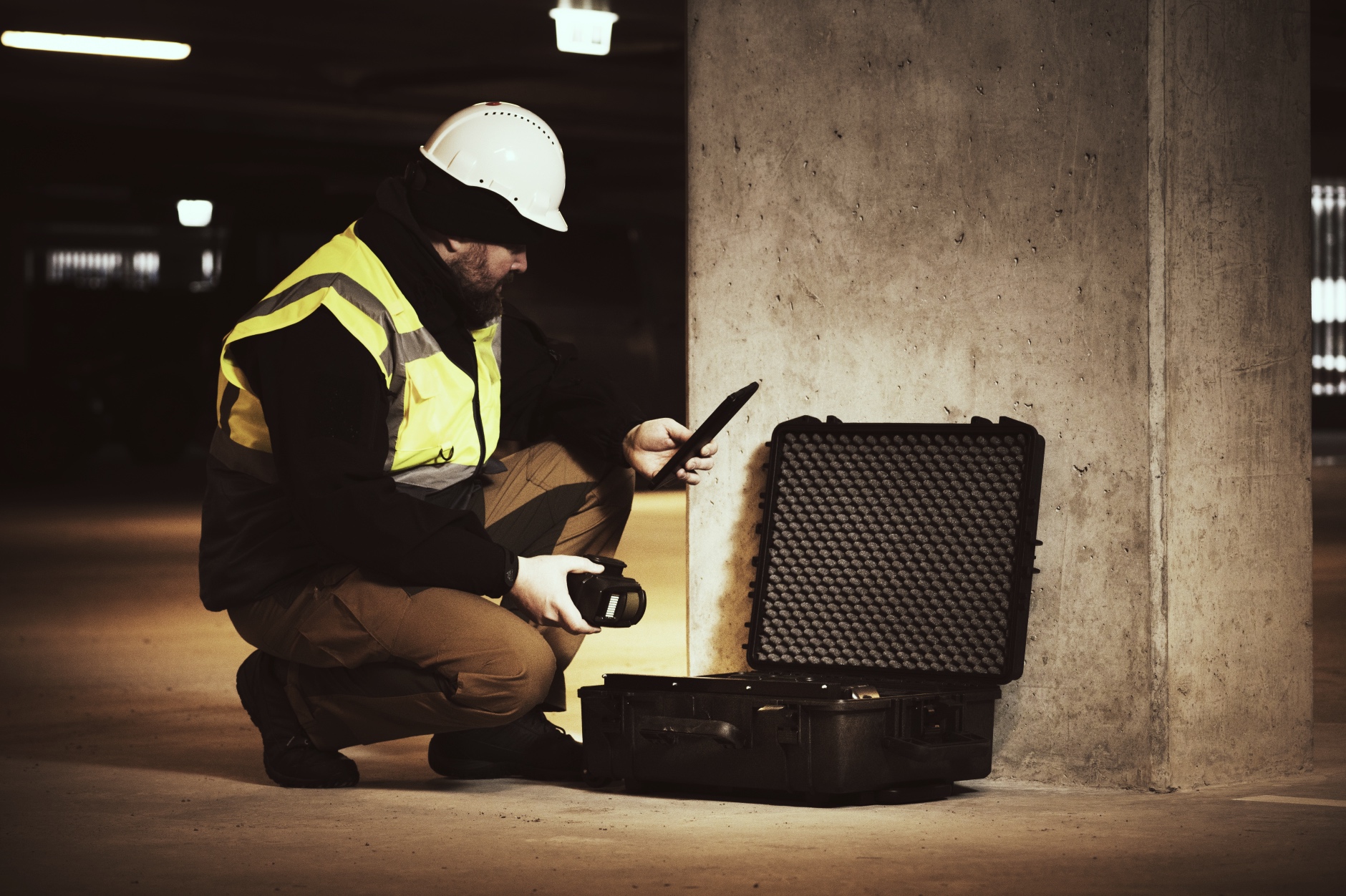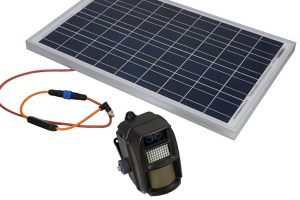Optimizing the battery life of your Reconeyez system

The Reconeyez system has been tested to provide up to 400 days or up to 50 000 events of uninterrupted operation. That being said, every site and location is different with different uncontrollable elements and varying requirements. To make the most of your Reconeyez system and to keep it working at optimal levels, we suggest you keep in mind the following while installing and configuring your Reconeyez Detectors and Bridges.
Look for the best signal quality
There is a lot you can already do while choosing the location of the devices before installation. As signal quality (and therefore the data transfer rate) is one of the aspects that affects battery life a lot, it is important to start with the best location possible.
Try to find a location for the Bridge that offers the best available mobile reception. While the Bridge supports data transfer over 2G and 3G networks, a strong 4G network signal offers the best data transfer rate and therefore keeps the Bridge active for a much shorter period per incident. This results in longer overall battery life.
Optimize the distances between the Bridge and the Detectors and Sirens. While the Bridge can communicate up to 500m (547yd / 1640ft) with a line of sight and circa 100m (109yd / 328ft) obstructed, shorter distances and better signal quality once again help to increase battery life.
Fine-tune the detection parameters and arming schedules to reduce nuisance alarms
When installing the Detectors, try to avoid or remove larger moving objects (like large bushes moving in the wind) in the detection area of 30 meters to minimise the possibility of easily preventable false alarms that put unnecessary strain on the system.
 Configure the detection range to suit the needs of the site or perimeter. If there really is no need to use a 30m detection range (for example if a nearby road with normal traffic passing by is accidentally covered by the detection area), adjust the downward angle of the detectors to cover a shorter distance and set the exact desired PIR sensor coverage area. Use the Reconeyez mobile app to request test photos from detectors, enable the “Show alarm area” feature on the test photo and adjust the detector angle so that the upper border of the alarm area is directed at the farthest spot of your desired detection range.
Configure the detection range to suit the needs of the site or perimeter. If there really is no need to use a 30m detection range (for example if a nearby road with normal traffic passing by is accidentally covered by the detection area), adjust the downward angle of the detectors to cover a shorter distance and set the exact desired PIR sensor coverage area. Use the Reconeyez mobile app to request test photos from detectors, enable the “Show alarm area” feature on the test photo and adjust the detector angle so that the upper border of the alarm area is directed at the farthest spot of your desired detection range.
Arming schedule is another important factor potentially affecting the battery lifespan. Systems being armed while personnel are on site results in generating hundreds of false alarms and massively reducing the battery charge lifetime. To prevent false alarms, review that the current arming schedule corresponds to the timeframes when the site is free from normal personnel movement.
When needed, you can quickly disarm the system on an ad-hoc basis using the Reconeyez Cloud UI or the ArmIt app – e.g. if the personnel arrive early on site which is still armed, or to postpone the arming time if workers are going to be on site later than planned. In case there is an existing schedule set for the detectors of the area, it will be reinstated automatically at the time of the next scheduled arming status change.
Choose the best image quality
The alarm image quality sent by the Bridge to the Cloud is a big determining factor in optimizing the battery life as larger image files require more data to be transferred, which keeps the Bridge working for longer.
In the case of high-security or higher risk sites and areas, we suggest you start with our default settings, monitor the detection outcomes and adjust the image quality down to the level where detection is adequate. When securing areas and sites where testing and optimization can be done without compromising protection, start with lower image quality and increase if necessary.
In most cases, a 70-100KB image is more than enough for our artificial intelligence to determine actual breaches and alarm situations and to differentiate between real threats and false alarms. 95-97% of the times, even images as small as the maximum quality thumbnail (15-20KB) is enough for detection and adequate for AI analysis.
Whatever the set image quality parameters, the Detector always stores the last 2000 images in its secure internal memory in full quality RAW files.
Add additional power sources

The Reconeyez system supports adding additional power sources in areas where prolonged operations are required or even crucial. We offer an external solar battery that can top up the charge of the integrated device batteries during the day.
If sunshine is limited or varies greatly by season, we also have an optional battery extension pack to add four additional batteries to our devices. The Bridge supports adding up to four battery packs with four batteries each, while the Detector and the Siren can both use one external battery extension pack of four batteries.
We also offer a mains power charger, which powers the devices from mains power, but also acts as a charger for the batteries. This is especially useful in cases where continuous long-term maintenance-free operations are crucial. It is also an ideal option if mains power is available, but not necessarily reliable or the power grid might not be constantly working. The mains power charger keeps the batteries charged and should the main power grid go down, the fully charged batteries take over and you will still have up to 400 days of uninterrupted protection.
Sign up for Reconeyez neswsletter
We are sending monthly update about our product and services. If you would like to learn more about us please sign up.
Review our Privacy Policy for more information about our privacy practices.
01
Weather proof cameras: a professional guide to outdoor security systems
28. Jan 2025, 6 min read
02
The professional’s guide to cellular security cameras
25. Jan 2025, 6 min read
03
High-definition security cameras: a professional guide
23. Jan 2025, 6 min read
04
A comprehensive guide to motion detection CCTV cameras for security professionals
20. Jan 2025, 6 min read
05
AI-powered detection sensors: transforming security management
3. Jan 2025, 4 min read
06
The complete guide to NDAA compliant security cameras
22. Dec 2024, 12 min read